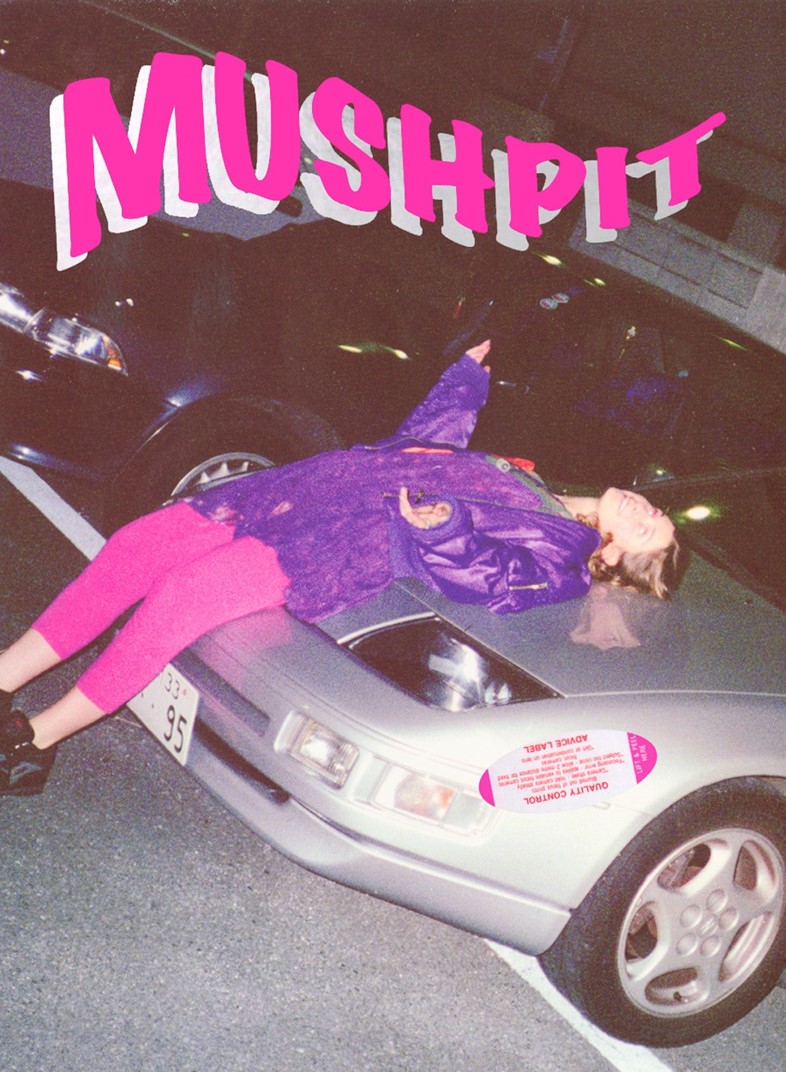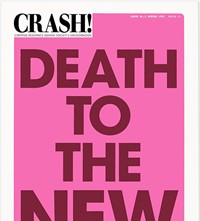Ahead of Somerset House’s new exhibition Print! Tearing It Up, co-founder of Mushpit Bertie Brandes explains what dying magazines mean for print as a format
- TextBertie Brandes
I really wasn’t going to start this on a political note. The thinking behind Mushpit, a magazine I co-founded with Charlotte Roberts in 2011, was not – for the most part – political, and to be honest I wanted to write this article entirely about myself. But what happens when you become obsessed with a creative format is you become sort of obsessed with the whole industry around it too. What for us was initially a naïve, spontaneous foray into leaky ink on cheap paper, quickly became an all-consuming obsession with what print means, how it affects people, how we interact with it and I guess most importantly, why it matters. So, let’s talk about print. Not only fun, independent, expensive and niche print, but all of it.
Like I say, this was meant to be a fluff piece about how welcoming the independent print community is (to middle-class creatives with a disposable income) but this morning something happened that I have to mouth off about. Look magazine has folded – not literally (the coated paper stock is much too slippery), but financially. In case you don’t know (and why should you), Look was a sort of self-aware low-brow Grazia that ran for 11 years selling celebrity and fashion content, most of it sponsored in some way or another, to women across the country. It’s gone now and lots of people are sad. Apparently this is a cruel result of the impending death of print at the hands of the big bad internet.
“Erotica, dysphoria, dreams, confessions, crosswords. These are the things that exist most gloriously on the printed page, shielded from curious commuters, leaving no history behind”
On the last page of the last issue of Look, they ran a feature calling on an obviously dwindling (or perhaps dead from boredom?) readership to #savemagazines by buying their equally water-logged rivals. Cute. It honestly baffles me that, having navigated through “Tone That Tubby Tum 20 Ways” and “Six Ways to Wear White and Stay Woke #InclusivityFTW” and made it to the final admission that, yes, no one reads our magazine anymore and yes, the advertisers stopped buying our augmented distro figures, they still implore you to invest in what they’ve basically just admitted is shit no one wants. I would like to go on record as saying: don’t buy it. It is not your duty to #savemagazines and you won’t be able to anyway. One by one, magazines like Look are going out of business and it’s not because people are too stupid to appreciate their quality or significance, it’s because lots of them never had any in the first place. If you want junk pulp (obviously we all do constantly) just access it for free online, I defy you to find me one person that isn’t a jobbing journalist who isn’t satisfied with that. Oh and before the accusations of snobbery, I’m not saying people shouldn’t want glitzy entertainment and fashion news, I want that too, I just don’t think we should still be felling trees to distribute it.

So let’s talk about what dying magazines mean for print as a format. A few initial thoughts: 1) in light of the digital revolution (eye roll) print no longer functions as a mainstream entertainment platform but instead becomes a wonderfully controlled way to spread information through targeted groups, communities, subcultures and the like. 2) Print can be, effectively, anonymous, unlike virtually any other creative output. It doesn’t track your eye movements to optimise content, develop algorithms, or unlock at the sight of your tired, bored face. 3) Big business has largely averted its gaze, clamouring for the big bucks generated online. Print is released from profiteers as it basically runs no trackable profit. Basically, magazines can be radical again. We should celebrate the unshackling of print as a reloaded weapon in the war against a) corruption and more importantly b) boring shit. There should be printing presses in schools and libraries. Stickers on lampposts. Posters in your parents’ windows.
Erotica, dysphoria, dreams, confessions, crosswords. These are the things that exist most gloriously on the printed page, shielded from curious commuters, leaving no history behind. These were the things we ended up savouring as we wrote Mushpit; in-jokes you only get if you’ve been dumped by the love of your life, Feng Shui for living under the patriarchy. Print is not a mouthpiece for consumerism any more, it’s an invaluable tool for revolt. We don’t need to save magazines, magazines are going to save us.
Bertie Brandes is a writer and co-founder of Mushpit
Mushpit issues 1 – 10 will be on display at Somerset House’s new exhibition Print! Tearing It Up, alongside countless fantastically radical examples of print from Britain’s thriving independent magazine scene, from June 8–August 22, 2018.















